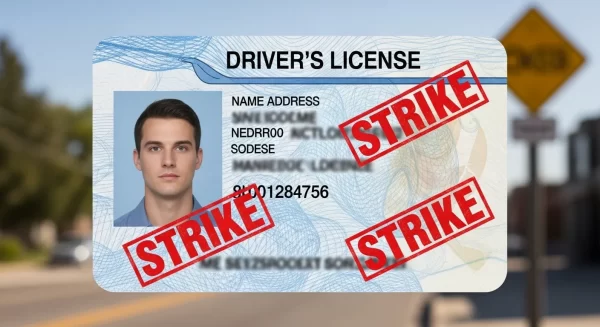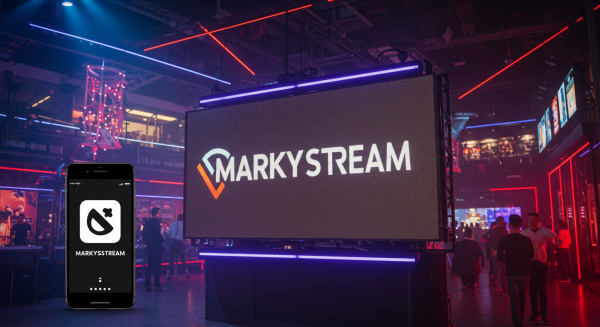Introduction I often hear people ask, “What happens when someone keeps breaking traffic laws?” That’s where the concept of “is three strikes in driver license laws will be revoked” comes in. These rules are designed to handle repeat offenders on the road, with the goal of keeping everyone safer. We should look at this topic […]
What You Need to Know About the Incestflox Digital Platform
The digital world is buzzing with new platforms, and incestflox has sparked curiosity among tech enthusiasts and casual users alike. This article dives into what this platform is, how it works, and why it’s generating so much conversation online. Whether you’re a creator or just curious, let’s explore this unique digital space together. The Rise […]
International Shipment Release: What You Need to Know
International shipment release is a critical process for businesses and individuals who engage in cross-border trade. Whether you’re importing goods into the United States or exporting products overseas, understanding the international shipment release process is essential for smooth operations and timely delivery. This article provides detailed insights into everything you need to know about international […]
Best Women’s Clothes 80s: A Fashion Revival
The women’s clothes of the 80s are back in full force, and this nostalgic era is captivating modern fashion enthusiasts. With its bold colors, oversized silhouettes, and dramatic styles, the 80s left a lasting mark on fashion. Whether you’re a die-hard fan of the decade or just beginning to embrace its style, understanding how to […]
Markyystream: Revolutionizing Streaming for Sports and Entertainment Fans
In the rapidly evolving digital landscape, streaming platforms have become essential for consuming entertainment and live sports. Among the emerging names making waves in this domain is Markyystream, a platform that combines extensive content offerings with high-quality streaming and user-friendly features. Catering to a global audience, Markyystream is quickly becoming a go-to destination for those who […]
faqvehicle.com FAQ: Your Ultimate Guide to Vehicle-Related Queries
In today’s fast-paced world, vehicle ownership and management come with a myriad of questions—from registration and taxation to inspections and environmental concerns. faqvehicle.com FAQ serves as a comprehensive resource designed to address common and critical questions related to vehicles. Whether you are a new car owner, a seasoned driver, or someone interested in green vehicle […]
Law with mylawyer360.com criminal: Your Trusted Legal Ally
Mylawyer360.com criminal issues can be daunting and overwhelming. Whether it’s a minor offense or a serious charge, understanding the complexities of criminal law and finding the right legal representation is crucial. Mylawyer360.com emerges as a comprehensive platform designed to simplify this process by connecting clients with expert criminal defense attorneys tailored to their unique needs. […]
MyLawyer360 Family: Your Ultimate Guide to Legal Support
When navigating the complexities of legal matters, it’s important to find the right resources that provide reliable information and support. MyLawyer360 has emerged as a comprehensive platform for individuals and families looking for professional legal services. In this article, we’ll explore how MyLawyer360 can assist families with their legal needs, diving into its features, services, […]
Understanding the Personal Life of Public Figures: A Look at Andre Hakkak and His Family
In the world of public figures, it’s easy to focus solely on their professional achievements. However, many of these individuals have personal lives that are just as complex and fascinating as their careers. One such figure is Andre Hakkak, a name that has become synonymous with success in his field. But beyond his professional accomplishments, […]
Andrew Garfield’s Spider-Man Suit: A Deep Dive into Its Design and Features
Andrew Garfield’s portrayal of Spider-Man in The Amazing Spider-Man series brought a fresh and modern take on the beloved superhero’s costume. The suit, designed by Kym Barrett, marks a departure from previous iterations, offering a more grounded and scientific approach to the classic look. With its intricate design, futuristic elements, and thoughtful features, Garfield’s Spider-Man […]










